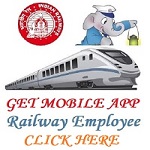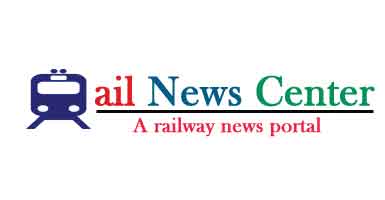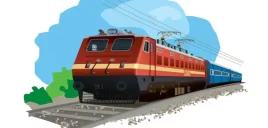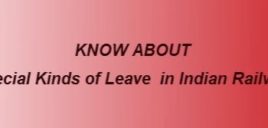The absolute block system is the most widespread method of train working on IR. The block sections may be handled manually or automatically, or by some combination of those. Some sections still use different forms of physical token systems such as the Neale’s Ball Token instruments.
Other than the block system some other special-purpose methods of train working are used in some circumstances. There are many old and new kinds of signalling systems used by IR. Many regions use lower-quadrant or upper-quadrant semaphore signalling (now with electric lamps for night operation, but formerly using oil lamps). Many routes have been fitted with (automatic or manual, 2-, 3- or 4-aspect) colour-light signal systems that are electrically operated.
Apart from these FAQ pages, some extracts of the IR General Rules on train working are also available.
AWS (Automatic Warning System) is an in-cab signal warning system, is used in suburban EMU systems, primarily Mumbai. It was proposed for main lines including New Delhi – Agra, Howrah – Mughalsarai, etc. However, early trials on the Howrah – Mughalsarai stretch did not succeed as the track-side magnets and other equipment were subject to theft and vandalism. A few areas have seen the introduction of forms of centralized traffic control (CTC) in conjunction with automatic colour-light signalling. (CTC was first introduced on the NER’s busy MG section between Gorakhpur and Chupra, and later on the Bongaigaon-Changsari section of NFR.) The suburban section of Madras Egmore – Tambaram also has CTC.
Busy urban areas have electronic interconnections among the signal systems of the stations within the areas. Suburban systems generally have colour-light signalling and automatic block systems, sometimes with AWS or some form of automatic train stop systems (ATP, automatic train protection) as well. Automatic train stop systems were tried on some main lines in the 1960’s but were given up following excessive vandalism and pilferage of equipment and maintenance problems.
A Train Management System (TMS), from Bombardier, is used on the Mumbai suburban system (Churchgate – Virar) which provides centralized online monitoring of train positions. The Delhi Metro system uses Continuous ATC (CATC) including ATS and ATP on all its sections. Its metro (underground) section uses a flavour of ATO. Drivers are still on board each train on the underground section, but under normal conditions they don’t do much beyond handling the door opening and closing. All normal operations of running the trains — accelerating them, braking them, etc., are handled by the ATO system, with speeds up to 80km/h. The ATO system was supplied by Alstom (France)..
Around Chennai, several suburban stations have their signals automatically controllable from Basin Bridge using a fault-tolerant system that interconnects the signalling of up to 32 stations using a dual fibre-optic ring. This system also provides for 6 voice channels for communication among these stations. This system was developed indigenously by SR, the Dept. of Electronics, and IIT Madras.
Points and interlockings may be worked mechanically (rod or pipe linkages are common, but earlier, double-wire systems were also used) or electrically (motor driven). Many points exist which have to be manually operated at the location of the points after using a key to unlock the points.
Following British practice, IR’s signalling is essentially route signalling where the signals generally indicate which route has been set for a train, letting the driver choose the speed as appropriate for the divergences, curves, etc. (as opposed to speed signalling which is the basic philosophy underlying American practice). Of course no modern system of signalling is purely route-based or speed-based, and there are elements of speed signalling in some of IR’s signalling as well.
To give a sense of the variety of systems in use, here is a sample [6/99]:
Mumbai CSTM – Badlapur : Automatic Multiple Aspect Colour Light Signals
Badlapur – Pune – Daund : Manually controlled Multiple Aspect Colour Light Signals
Daund – Manmad : Lower Quadrant Semaphore signals
Daund – Solapur: Some stretches of Multiple Aspect Colour Light Signals and some sections of Tokenless Upper quadrant semaphore
Pune – Miraj – Kolhapur : Neale’s ball token instrument
Batala – Qadian, Garhi Harsuru – Farukhnagar : One Train Only system
Tilwara – Tilwara Mela : Train Staff and Ticket system
Source – IFRCA.org
Disclaimer: The Information /News /Video provided in this Platform has been collected from different sources. We Believe that “Knowledge Is Power” and our aim is to create general awareness among people and make them powerful through easily accessible Information. NOTE: We do not take any responsibility of authenticity of Information/News/Videos.
This entry was posted in 2 Railway Employee, STUDY NEW, Railway Employee











